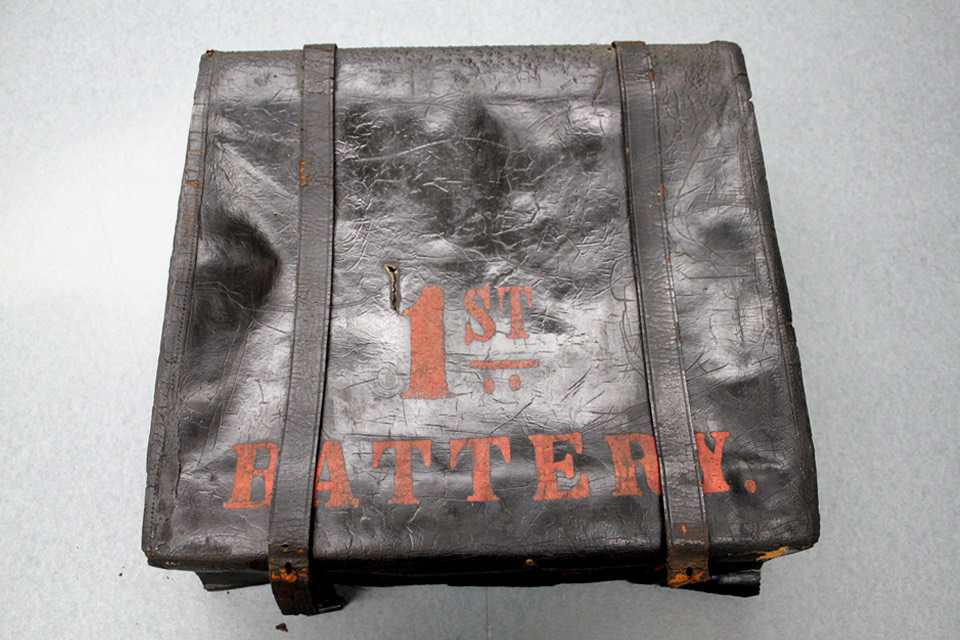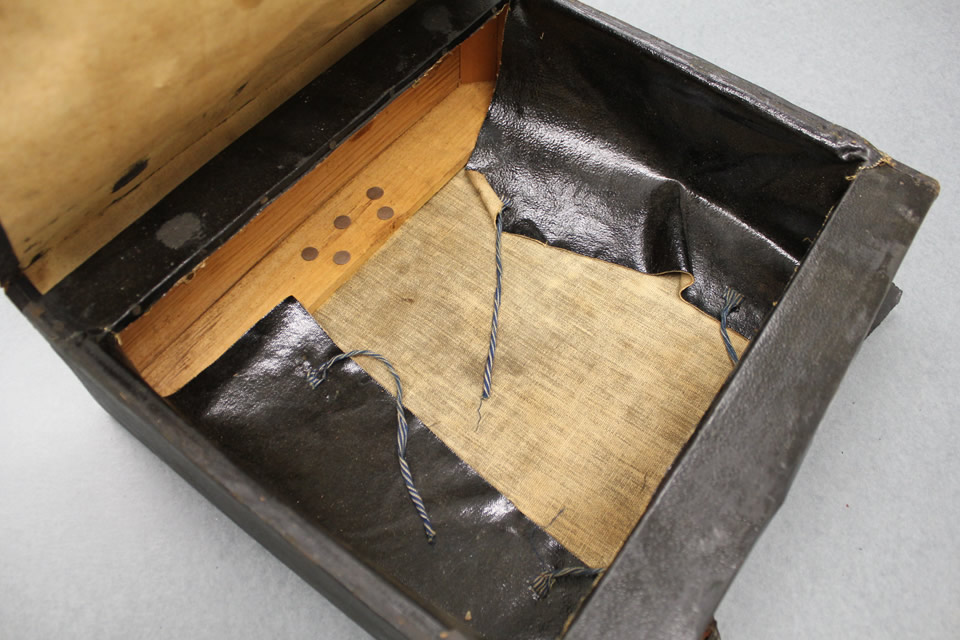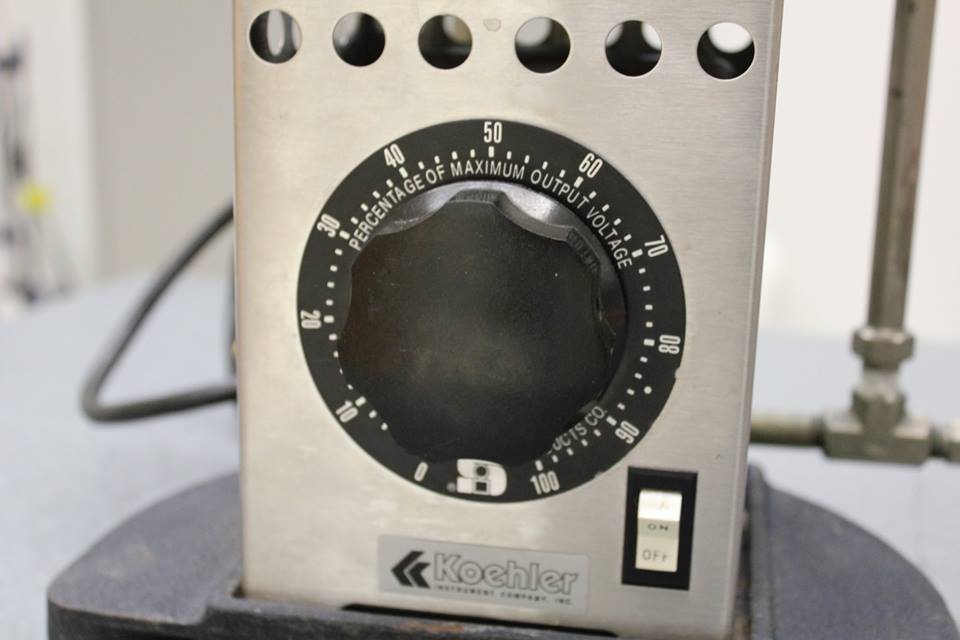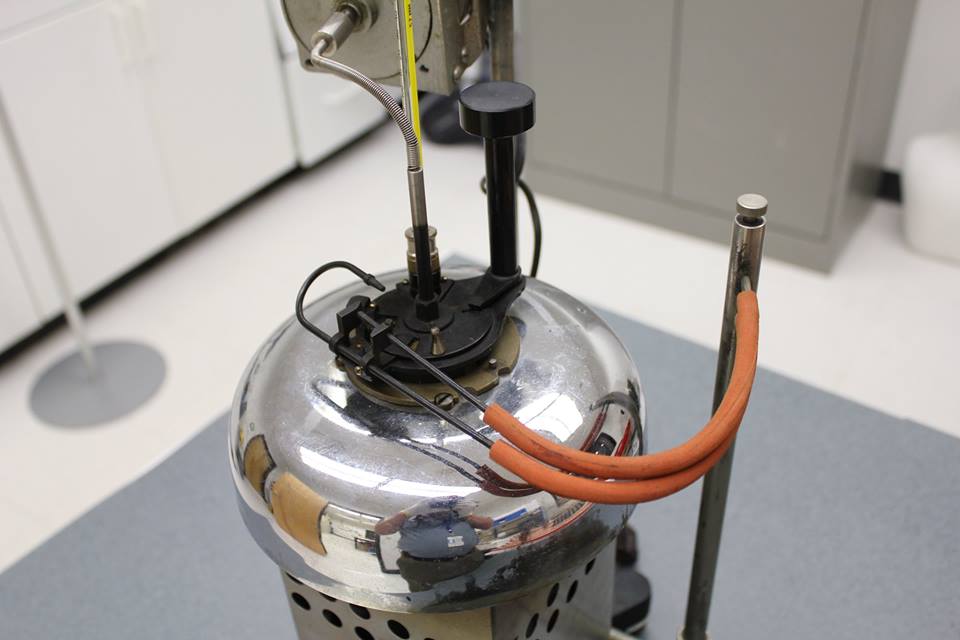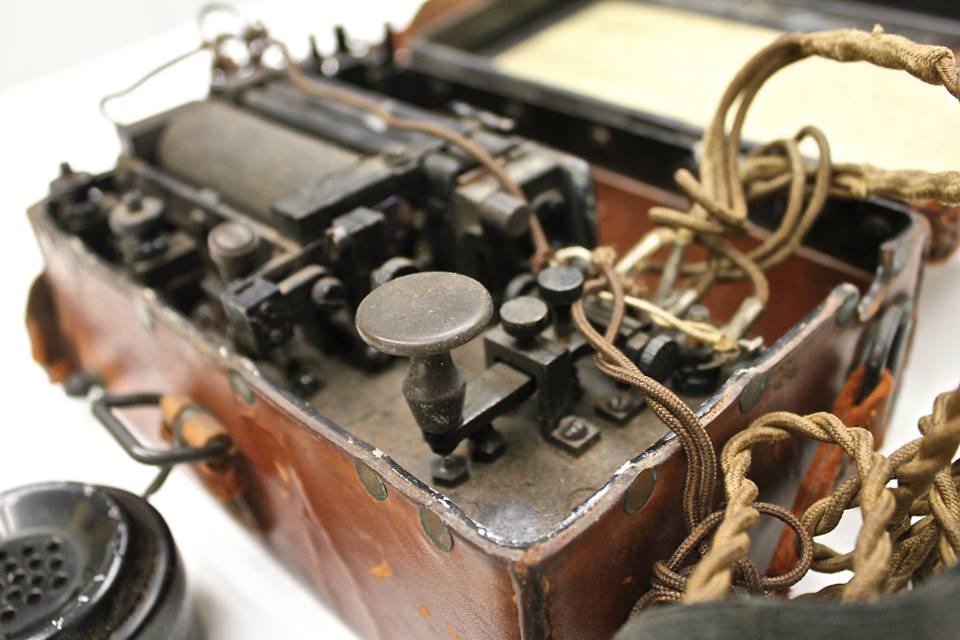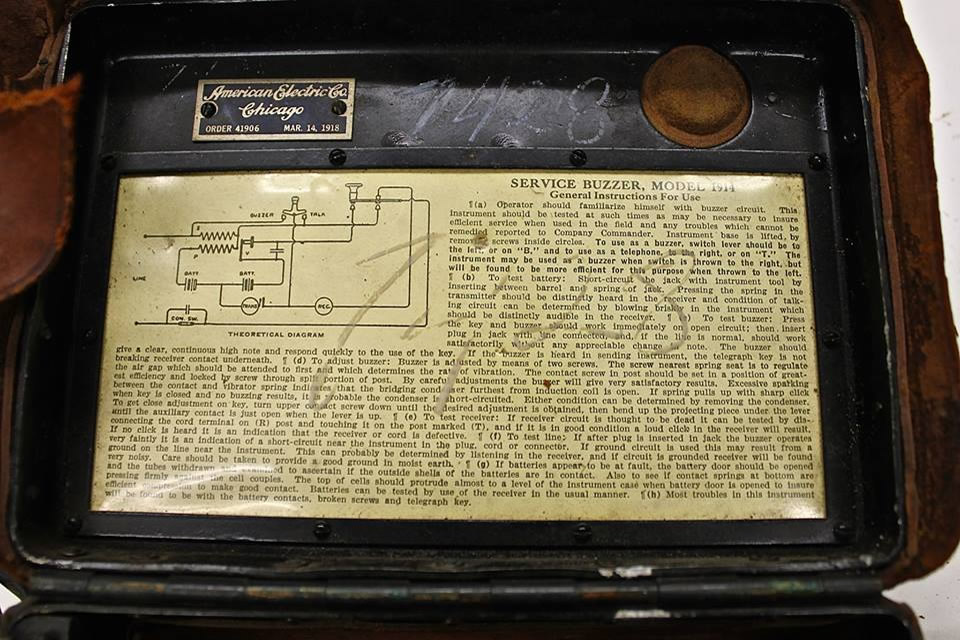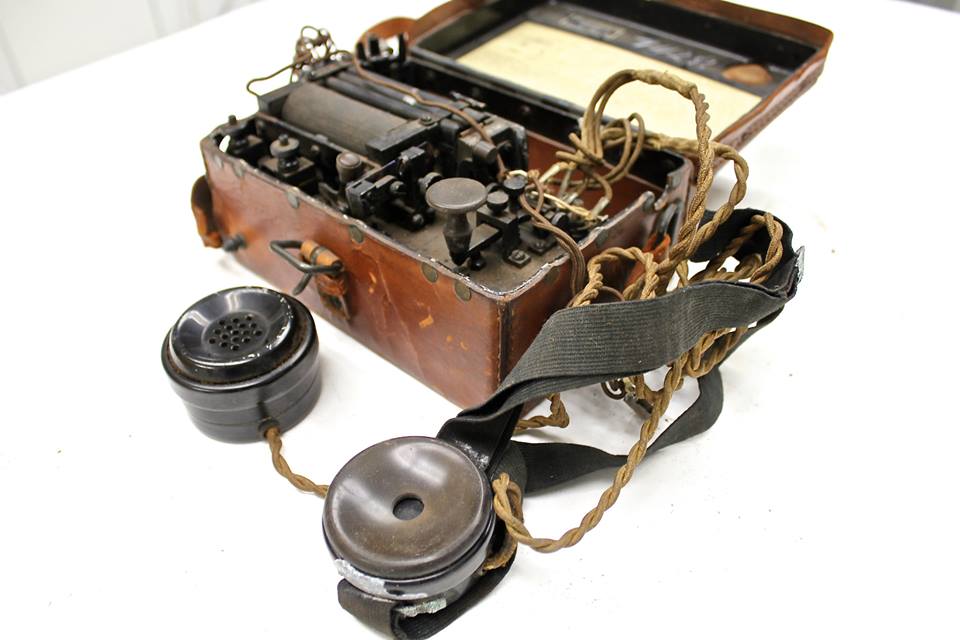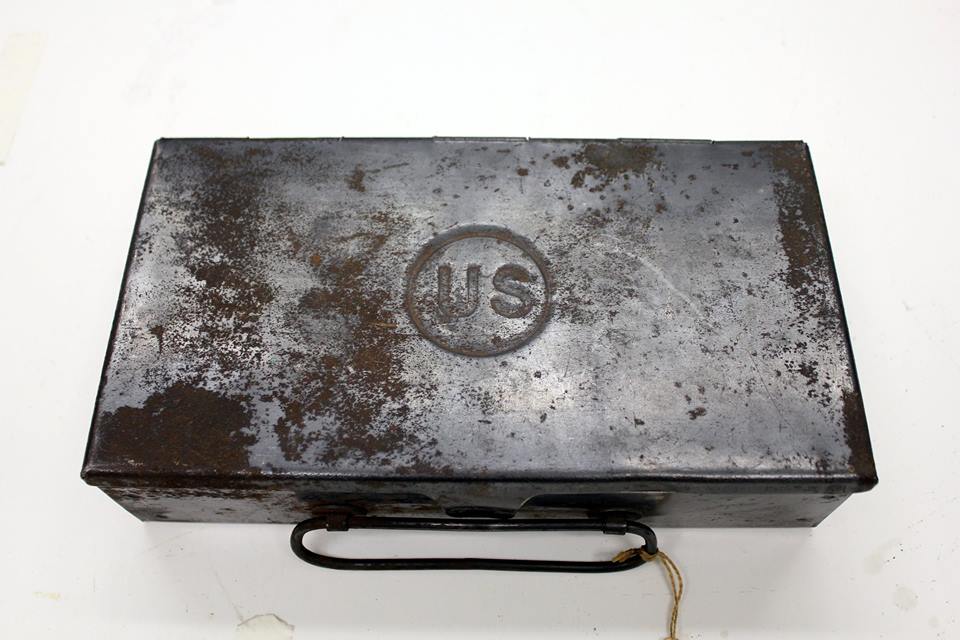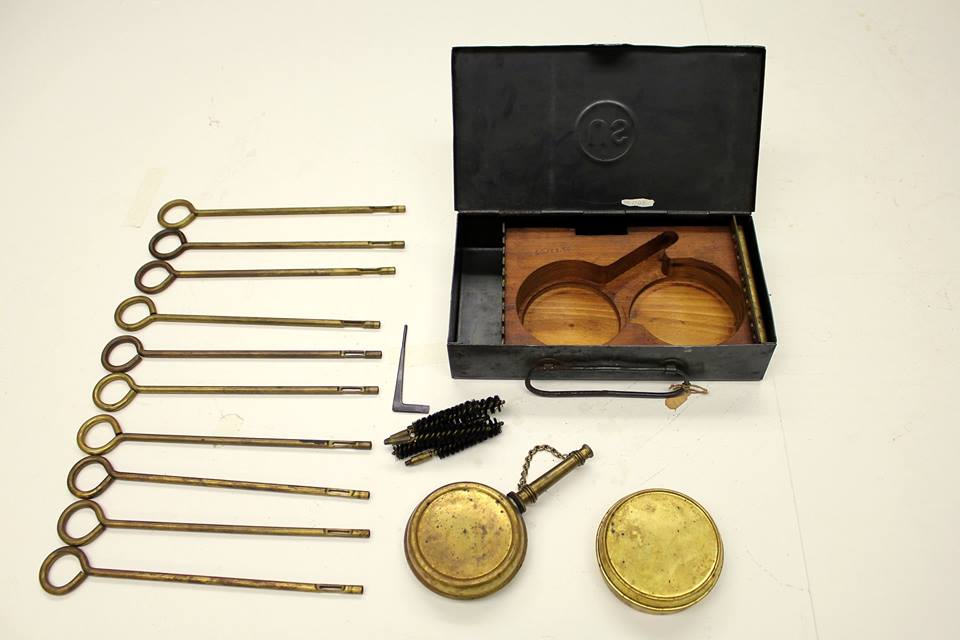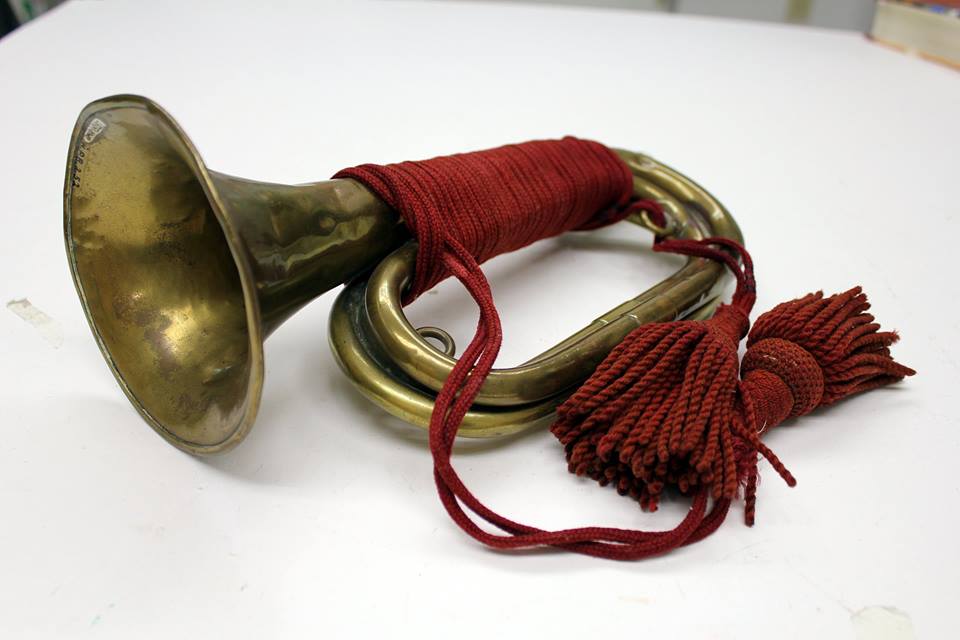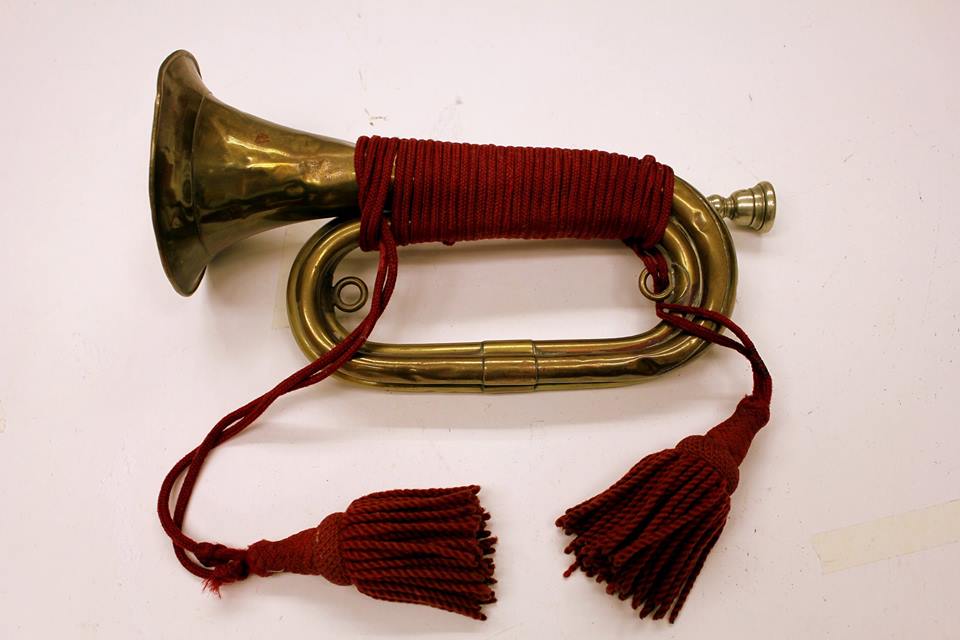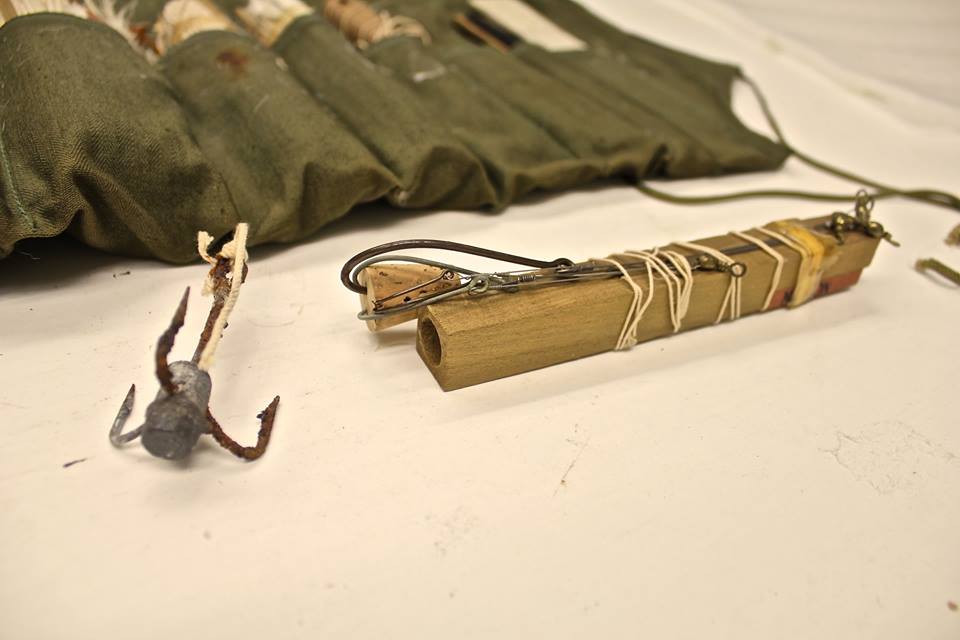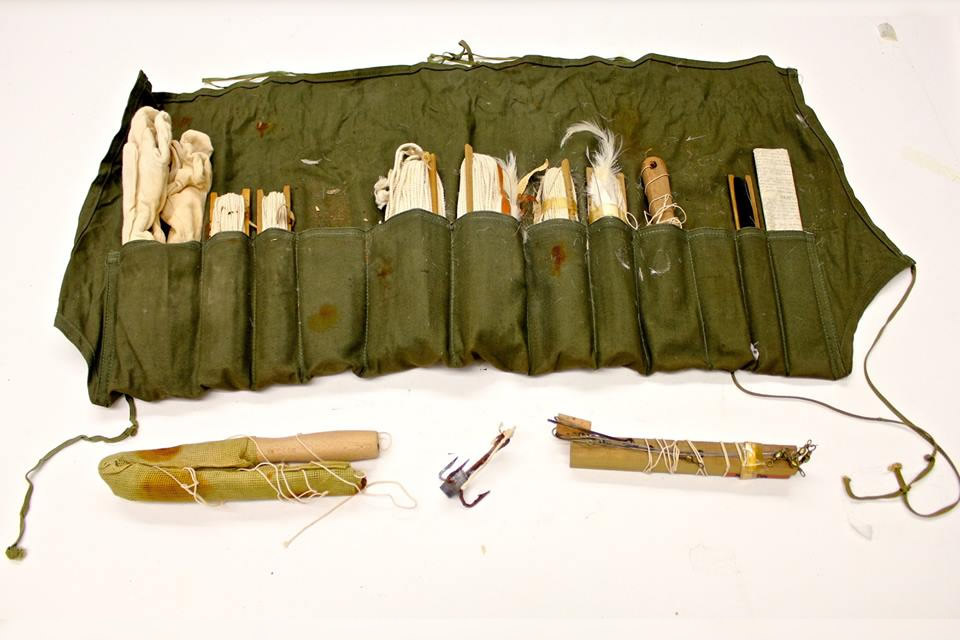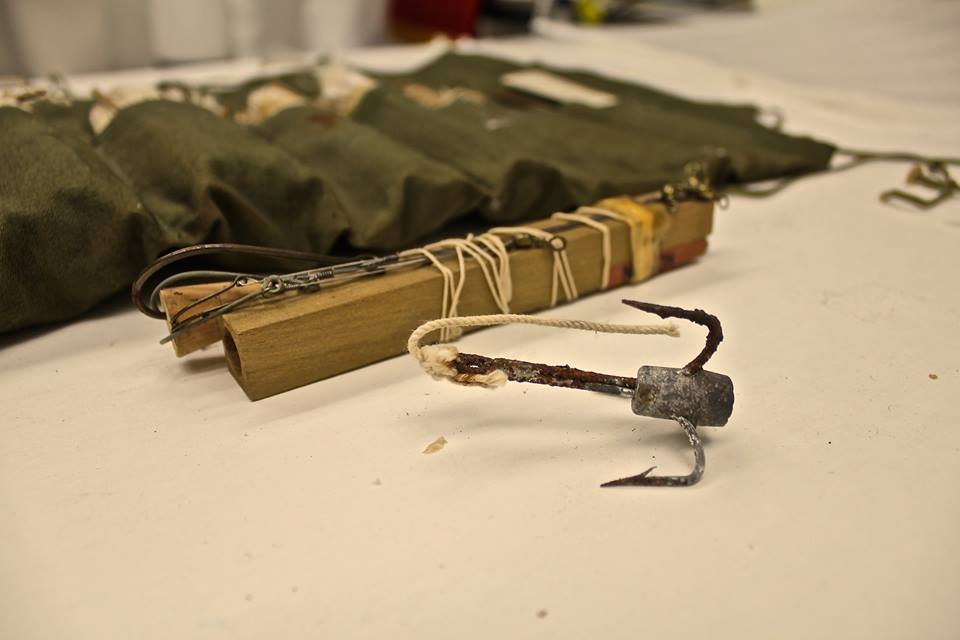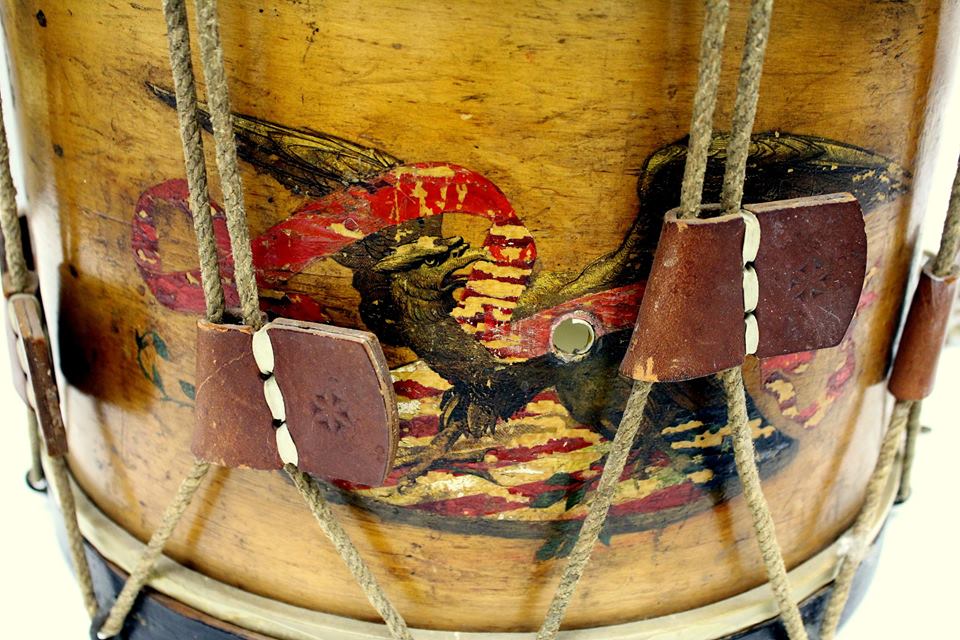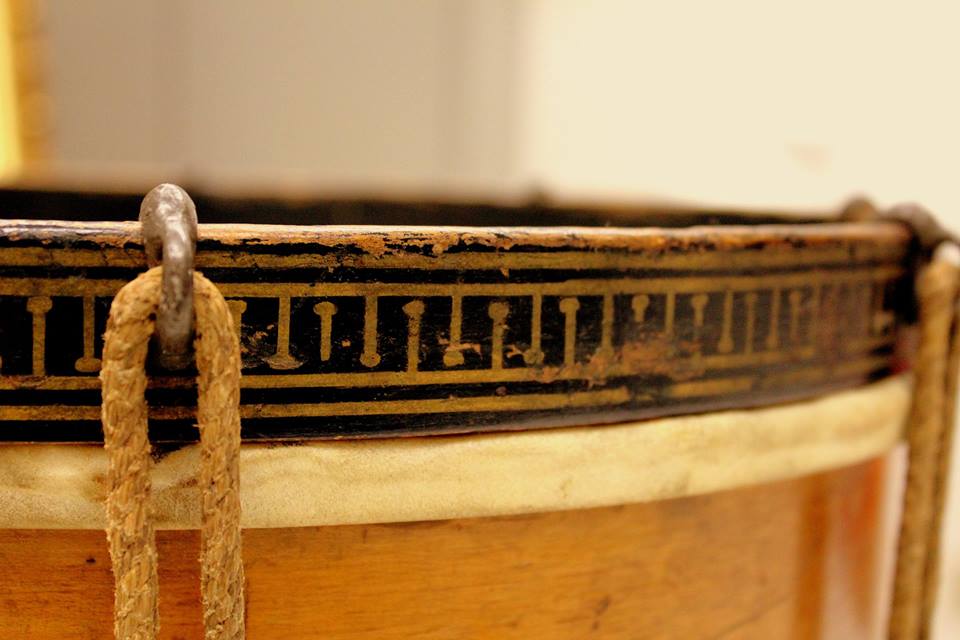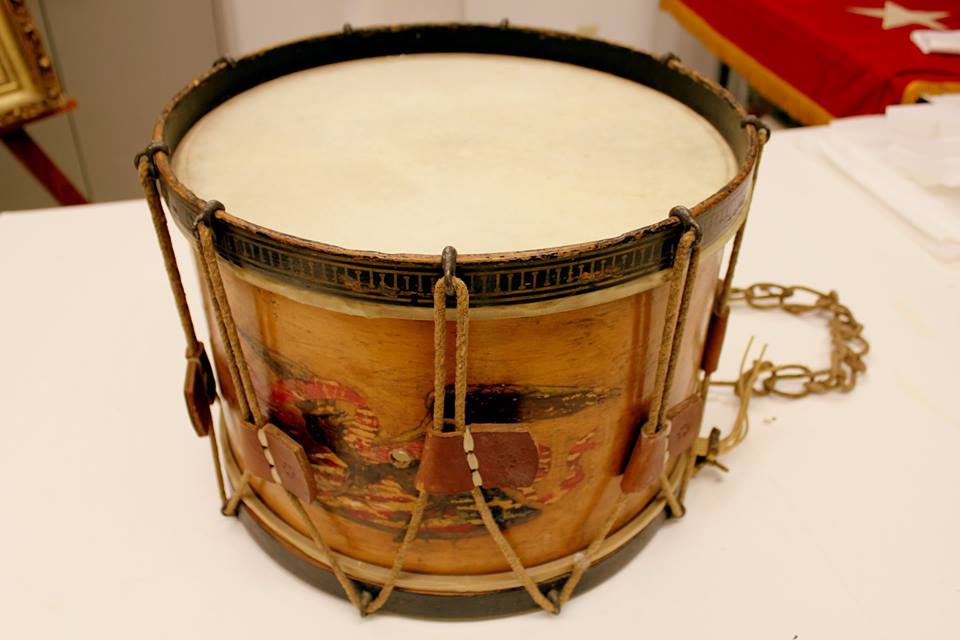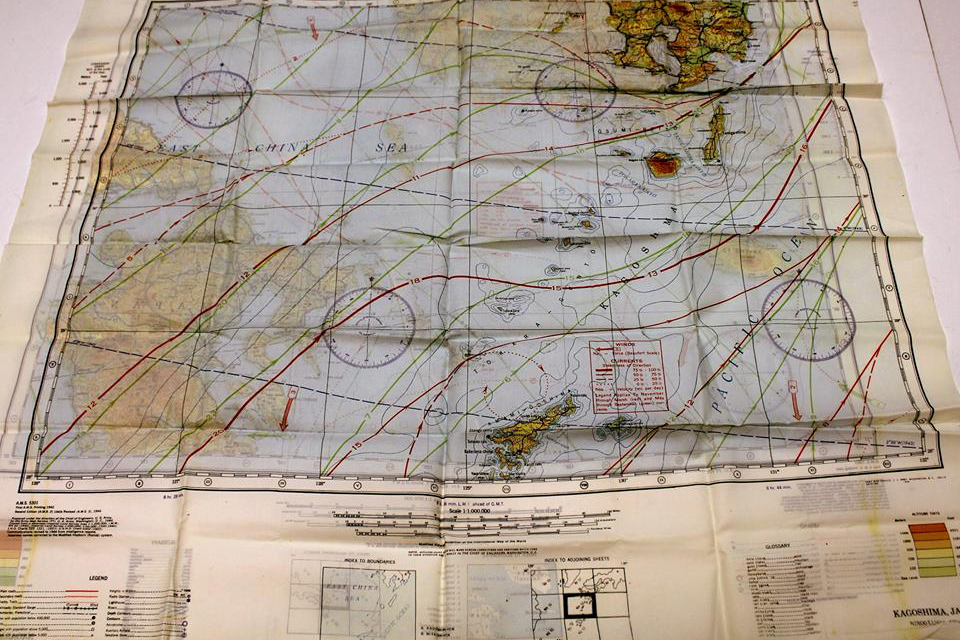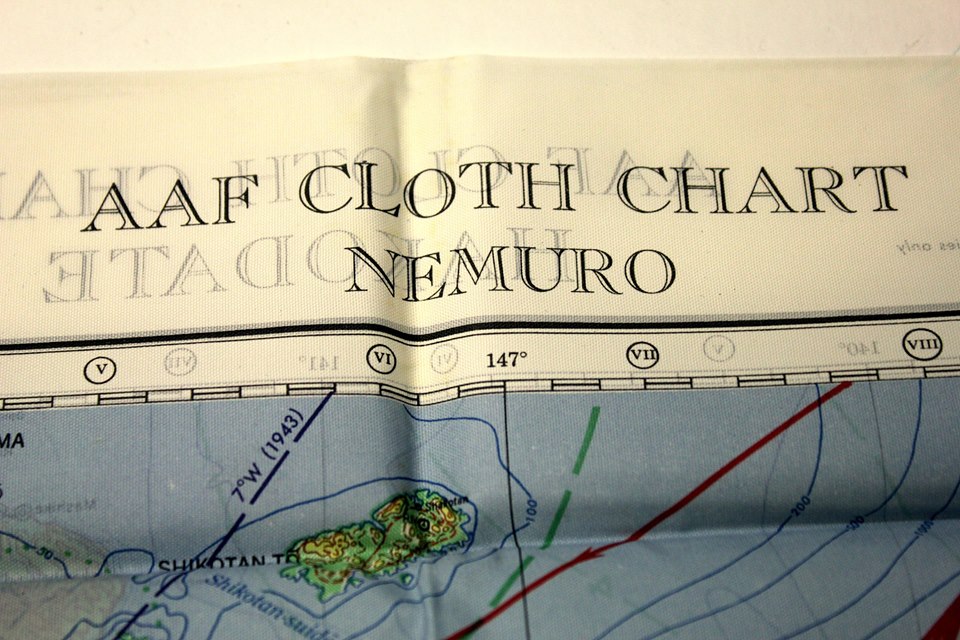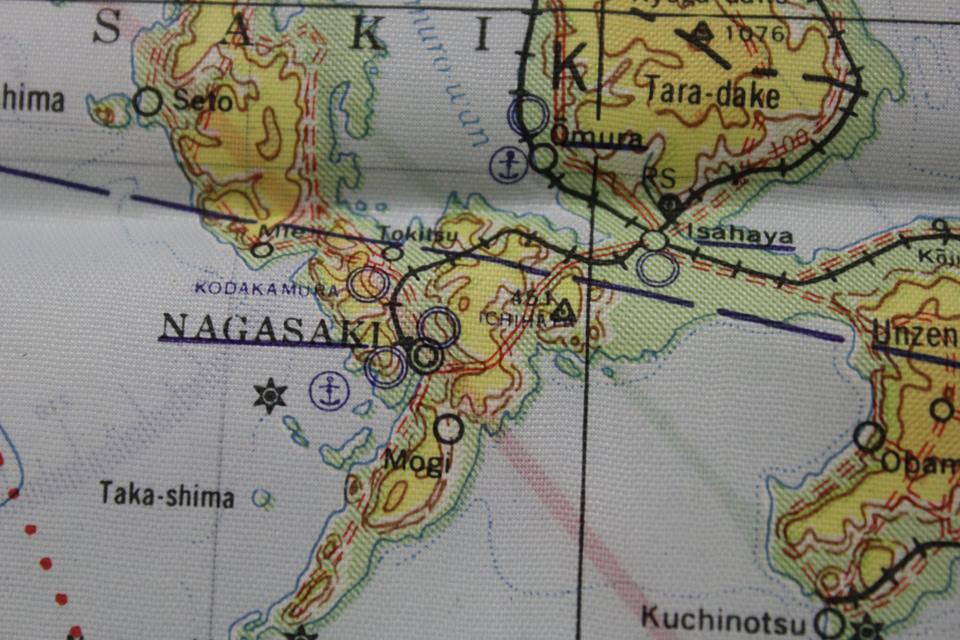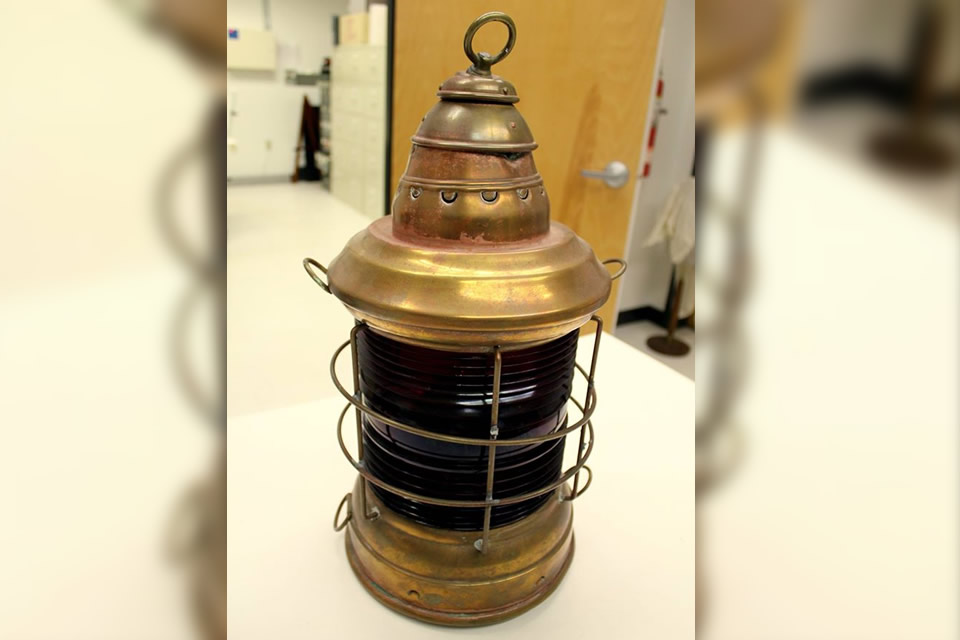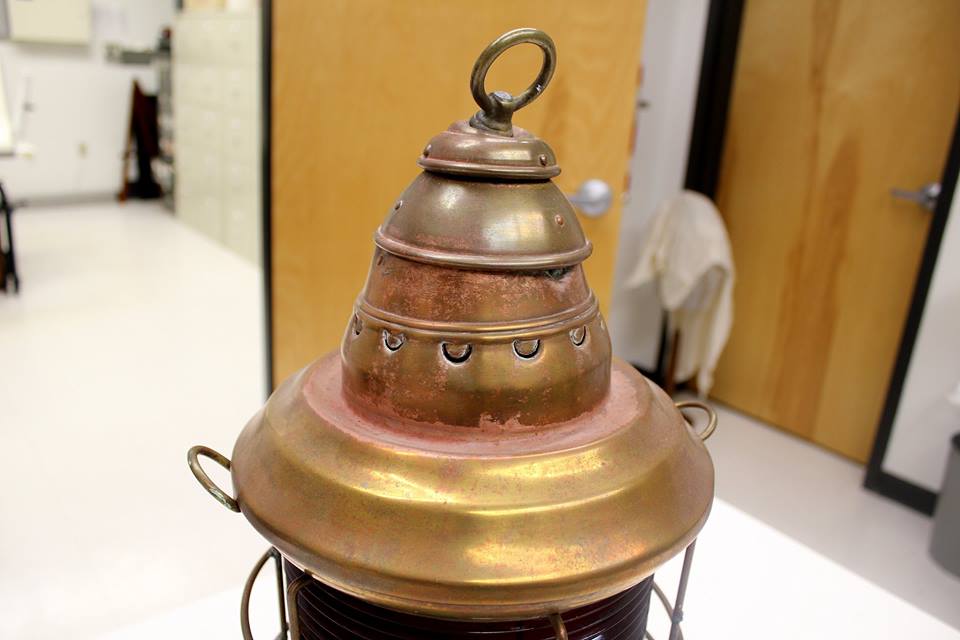October 2015 - 1850s Artillery Knapsack
A knapsack was essentially a backpack in which a Soldier might carry items such as extra clothing, a blanket (held by straps on the outside), and a shelter half (tent). Knapsacks were either rigid such that they held their shape even when empty, or lightweight and pliable depending on construction materials. This artifact dating to circa 1855 is a rigid construction style known as gutta percha. This style first came into use in the US in the early 1850s, and in 1855 the Quartermaster General ordered a large number of experimental items such as canteens, knapsacks, and haversacks to be made this way.
A gutta percha knapsack such as this has a wooden frame of white pine to which a waterproof canvas covering is glued and tacked. Straps on top allow the user to secure a blanket on the outside of the pack, though this left it unprotected from rain. Another set of straps were in place on the back to fasten the cover flap closed, and carrying straps were attached for the user to wear the item. As the equipment performed poorly in the field, items made of gutta percha were disposed of by 1859. This particular knapsack is marked “1st Battery” with yellow paint on the back, indicating the Soldier belonged to an artillery unit, and is missing some of its straps.


